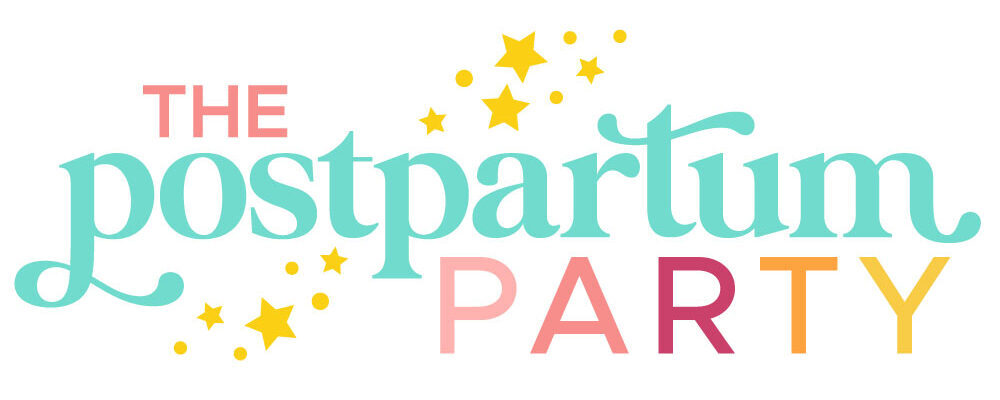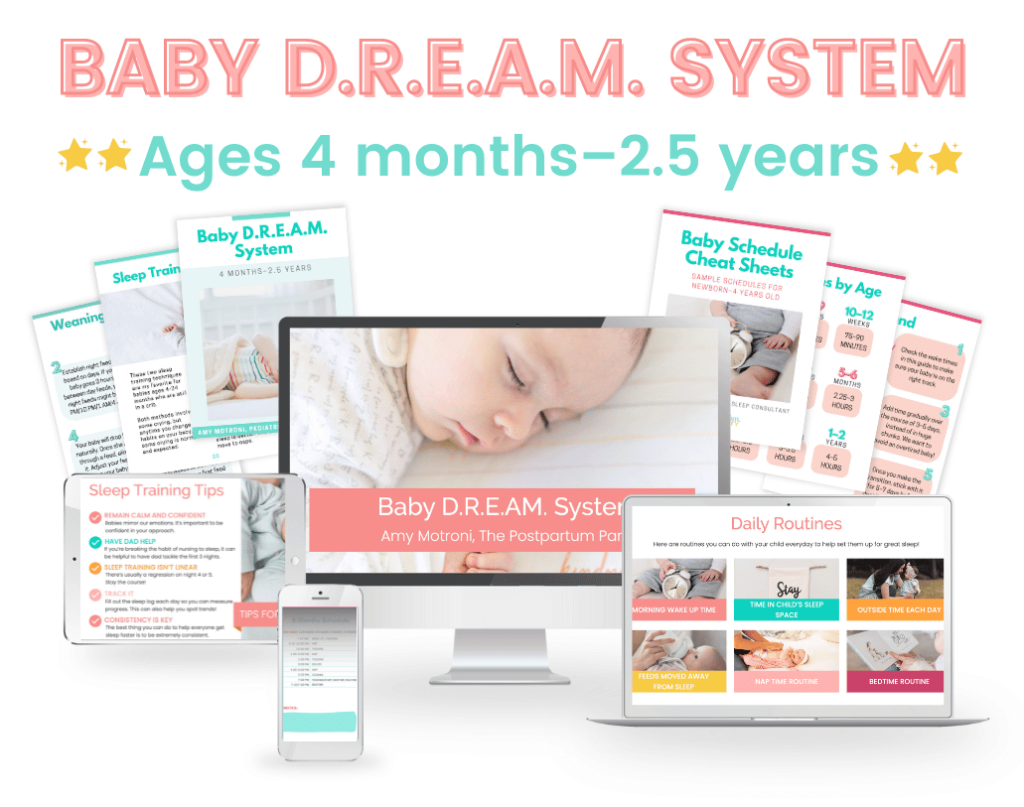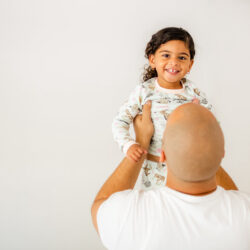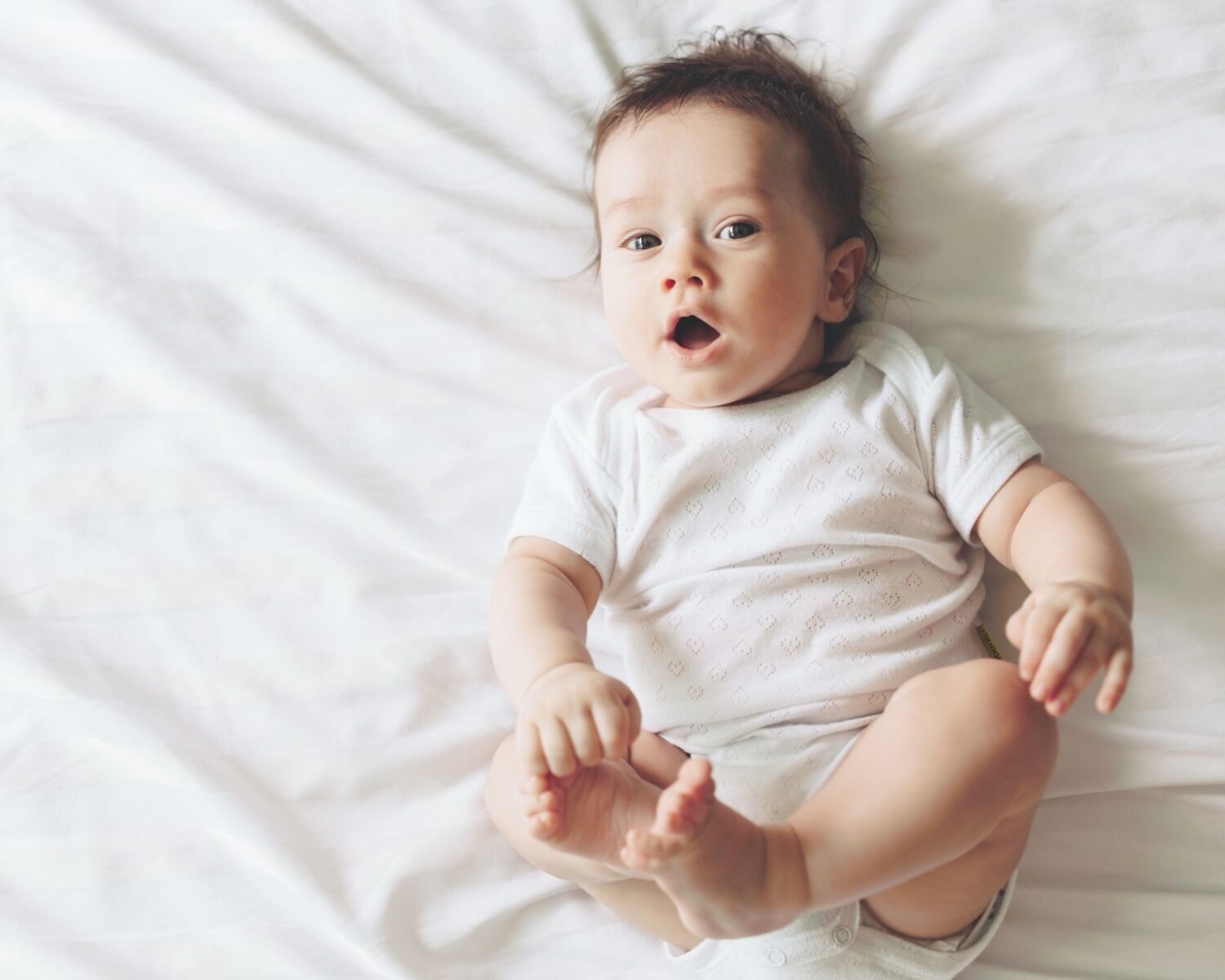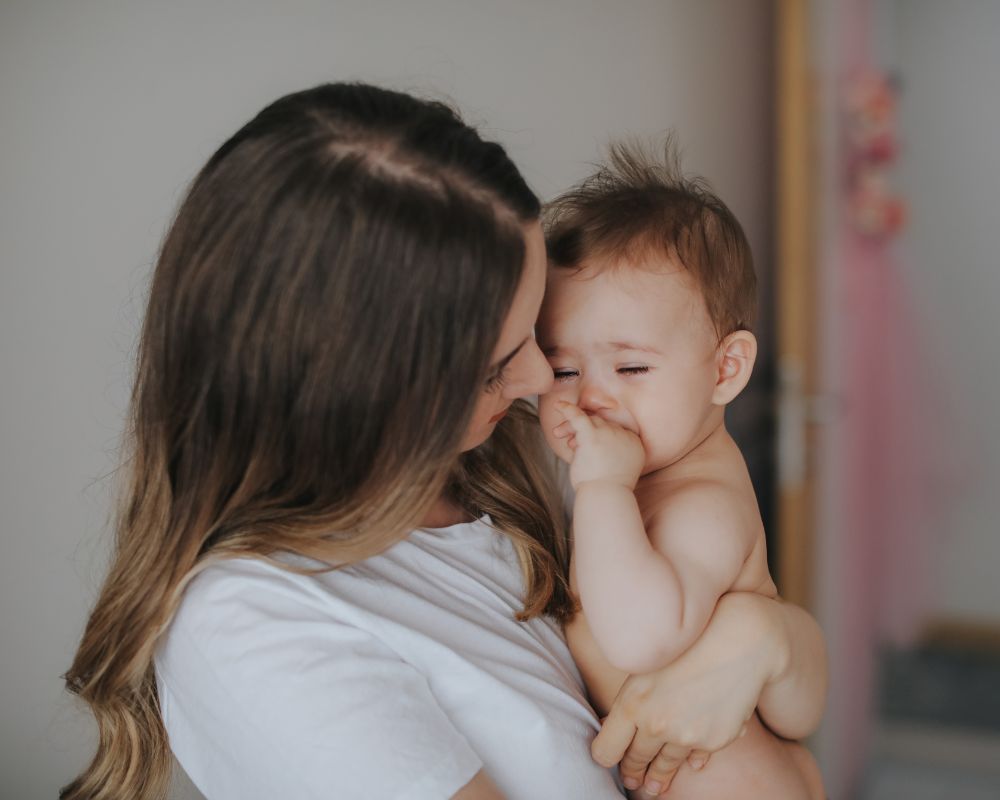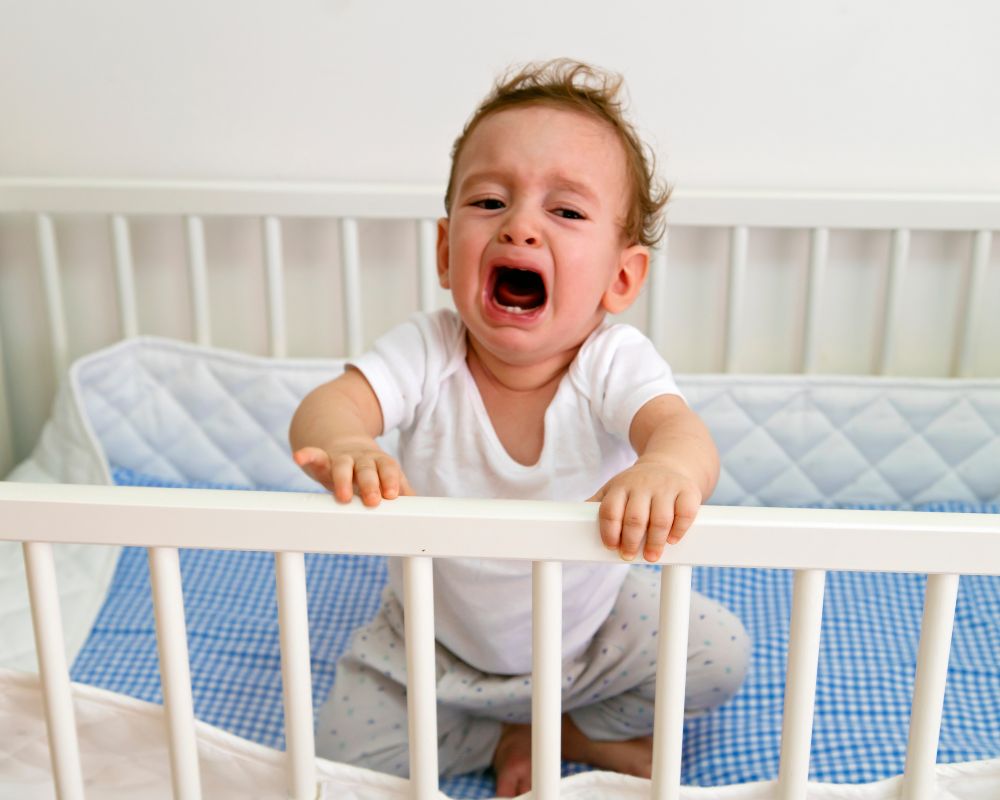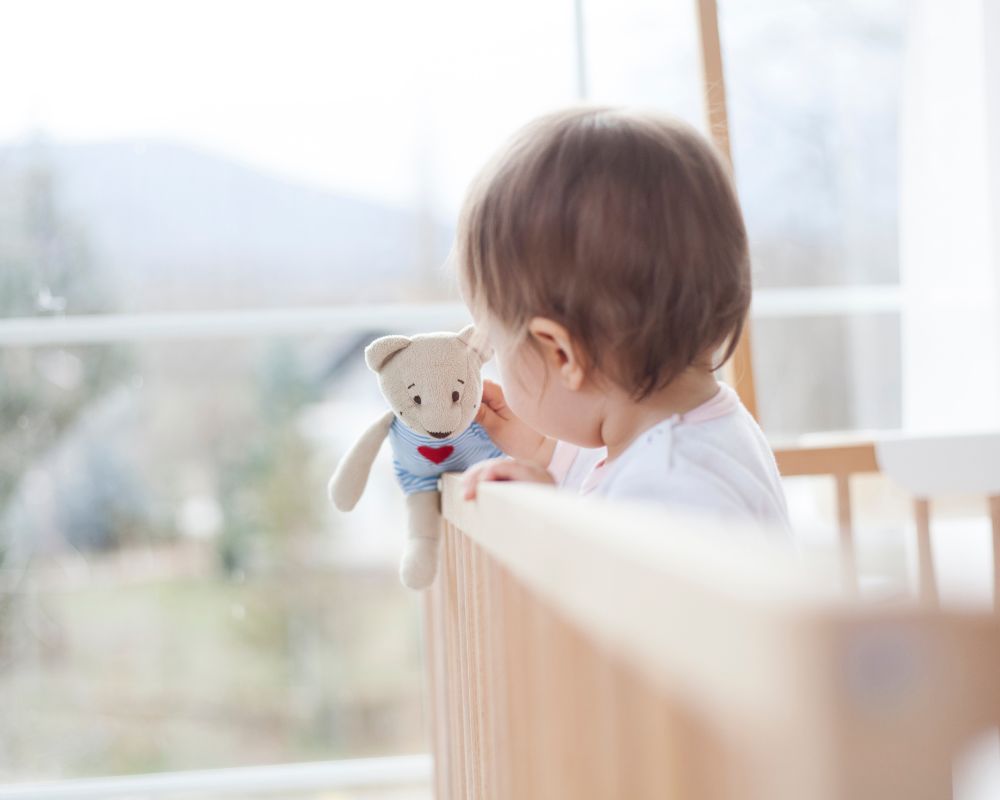Are you wondering when to start sleep training with your little one? Here’s everything you need to know about timing and which methods to consider.
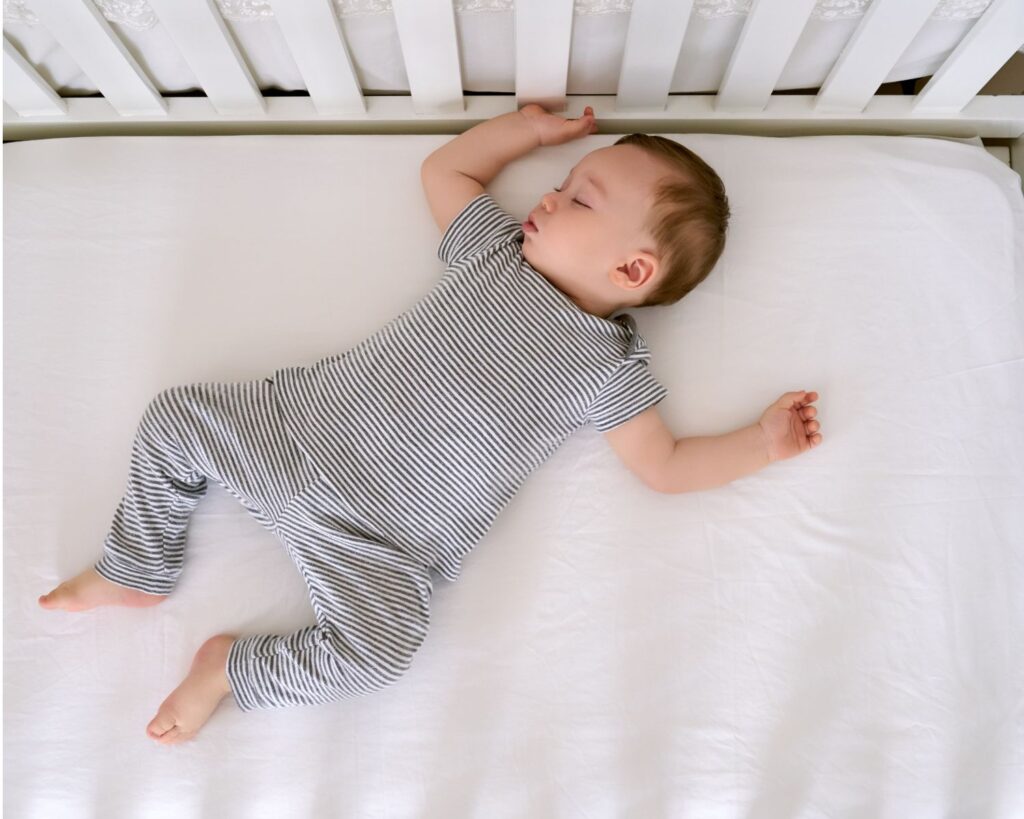
When parents ask me when they can start sleep training, I tell them that even if it’s a little early to start some of the more common sleep training methods, it’s never too early to start establishing independent sleep skills.
Let’s talk about when to start sleep training and how it might differ depending on how old your baby is.
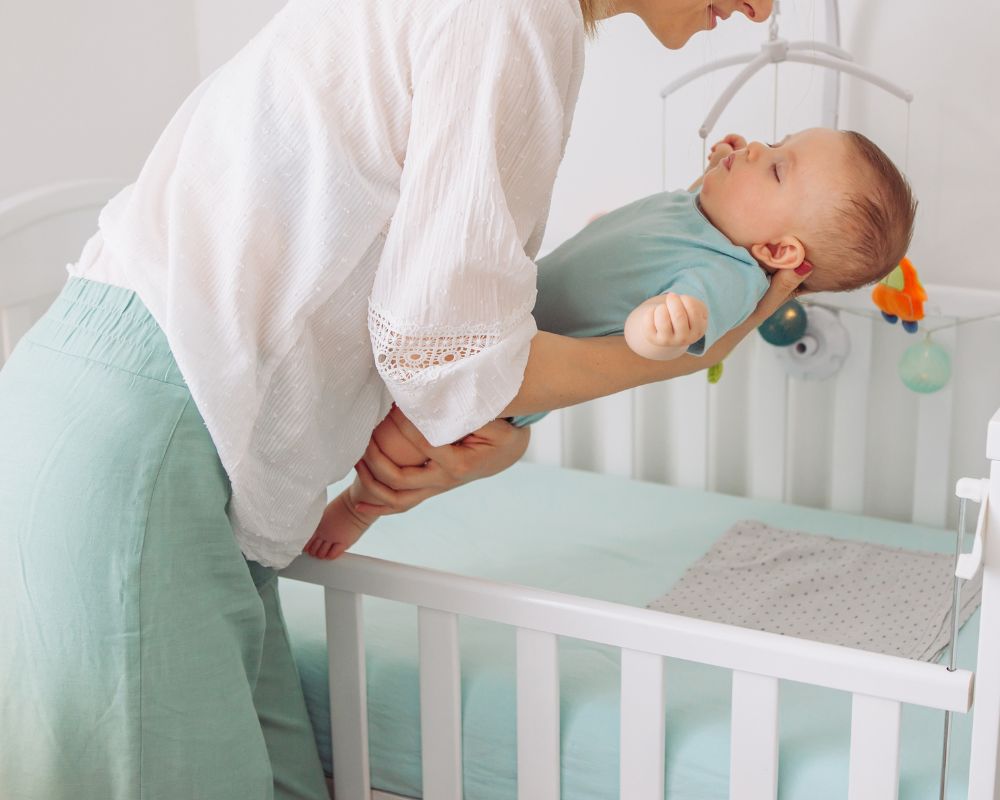
How Early Can you Sleep Train A Baby?
My recommendation as a Pediatric Sleep Consultant is the earliest you can start formal sleep training is 4 months old and if baby is at least 12 pounds.
Before 4 months old, you can start teaching sleep shaping habits and laying the foundation now for independent sleep skills. I teach parents how to do this in my Newborn Sleep Course.
Is It Okay to Sleep Train A 4 Month Old?
Sleep training a 4 month old is typically the youngest age to start sleep training.
Before 4 months old, newborns are still getting used to this world and establishing feeding routines.
Just because you sleep train your 4 month old, that doesn’t necessarily mean weaning night feeds.
How Do I Know if My Child is Ready for Sleep Training?
Developmentally if your baby is at 4 least months old and at least 12 pounds, they’re ready for sleep training.
But the most important factor of when to start sleep training is if you as the parent are ready to sleep train.
Sleep training is tough and often your baby’s sleep will get worse before it gets better.
Sleep training can also be an emotional process for mom and/or dad, so you have to be certain that you’re willing to work through it and stick with it.
The key to success with sleep training is consistency.
If you aren’t ready to start sleep training, then wait a few months and start when you are ready. It’s never too late to teach good sleep habits.
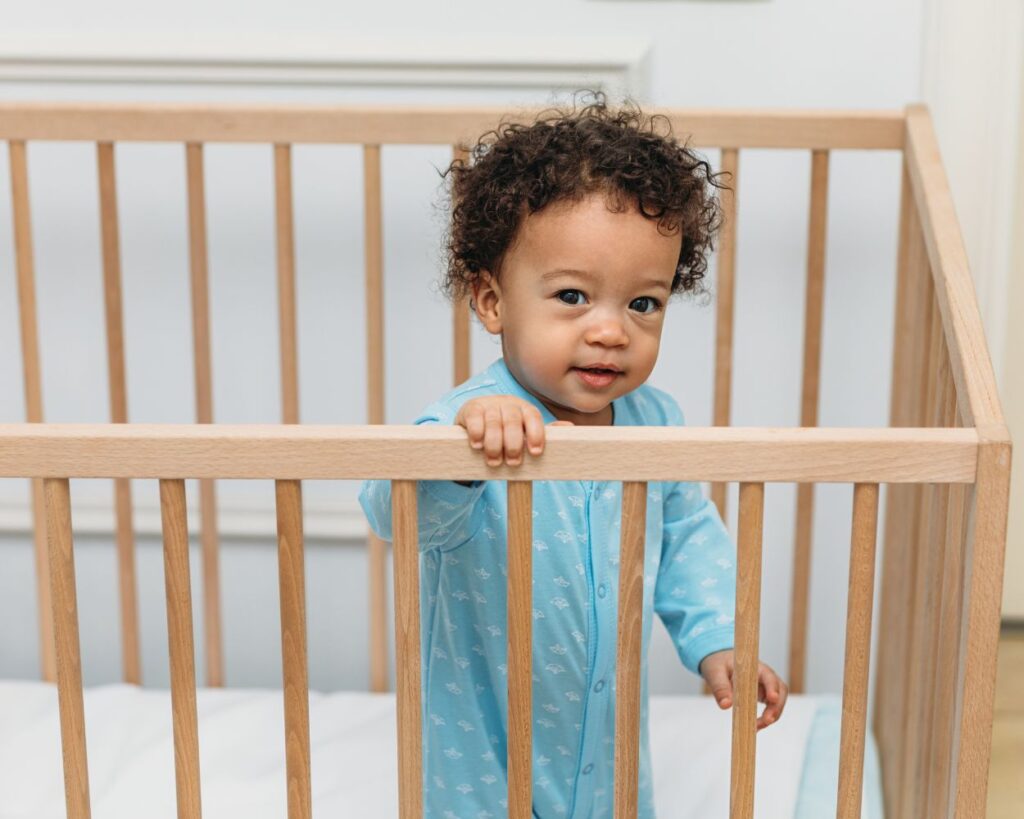
How Long Does Sleep Training Take?
Sleep training typically takes up to 2 weeks to complete.
How long sleep training takes will take depend on the method you choose and your baby’s temperament.
In my experience, you can see measurable results within a few nights. With consistency, naps and nights fully come together within 2-3 weeks.
Some sleep training methods such as the Chair Method are a more gradual process, while methods such as Ferber Method may speed things up a bit.
Get Better Sleep with The Baby D.R.E.A.M. System
If you want someone to walk you through the process of sleep training, let me help. The Baby D.R.E.A.M. System is for babies 4 months through 2.5 years old. I’ll walk you through how to establish daily routines, sleep schedules, and sleep training techniques to help you break the sleep associations you no longer find beneficial! Check it out here.
Sleep Training for Naps
I always recommend parents start sleep training at bedtime first.
The sleep pressure is greater and you have a longer window for your baby to fall asleep.
Once nights start going better (usually 3–5 days), you can start sleep training for naps.
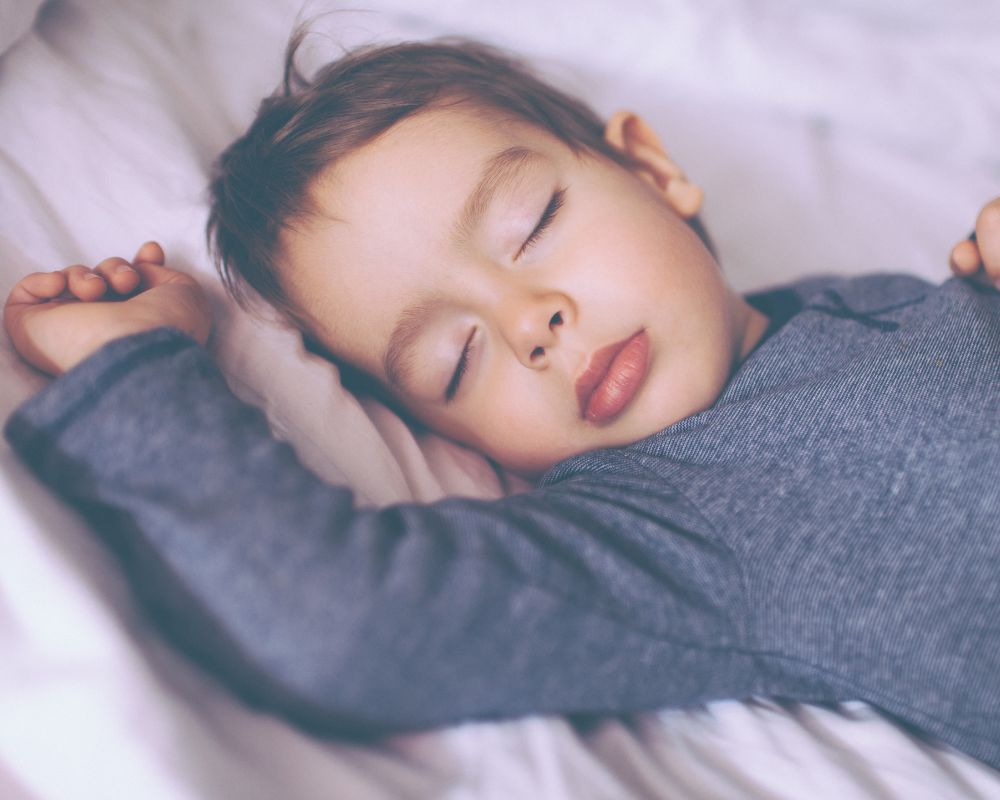
Can You Sleep Train A Toddler?
The good news is that is’s never too late to sleep train. You can sleep train a toddler and there are some very effective toddler sleep training methods.
For kids who have already transitioned to a toddler bed, the Chair Method or Reverse Sleep Wave method are both good options.
Both methods involve a parent’s presence to remind them that you are nearby and they are safe.
While consistency is key at any sleep training age, you have the added bonus of being able to set and communicate expectations with a toddler.
You can prep them on what to expect and reinforce those expectations by talking about it throughout the day, before things get crucial at bedtime.
Another great thing about sleep training with toddlers is that they can be motivated by more than just exhaustion—you can implement rewards for reinforcement.
Lastly, I always recommend that families use an okay-to-wake clock as an added visual reminder to differentiate awake time and sleep time with your toddler. I love the Hatch Rest!
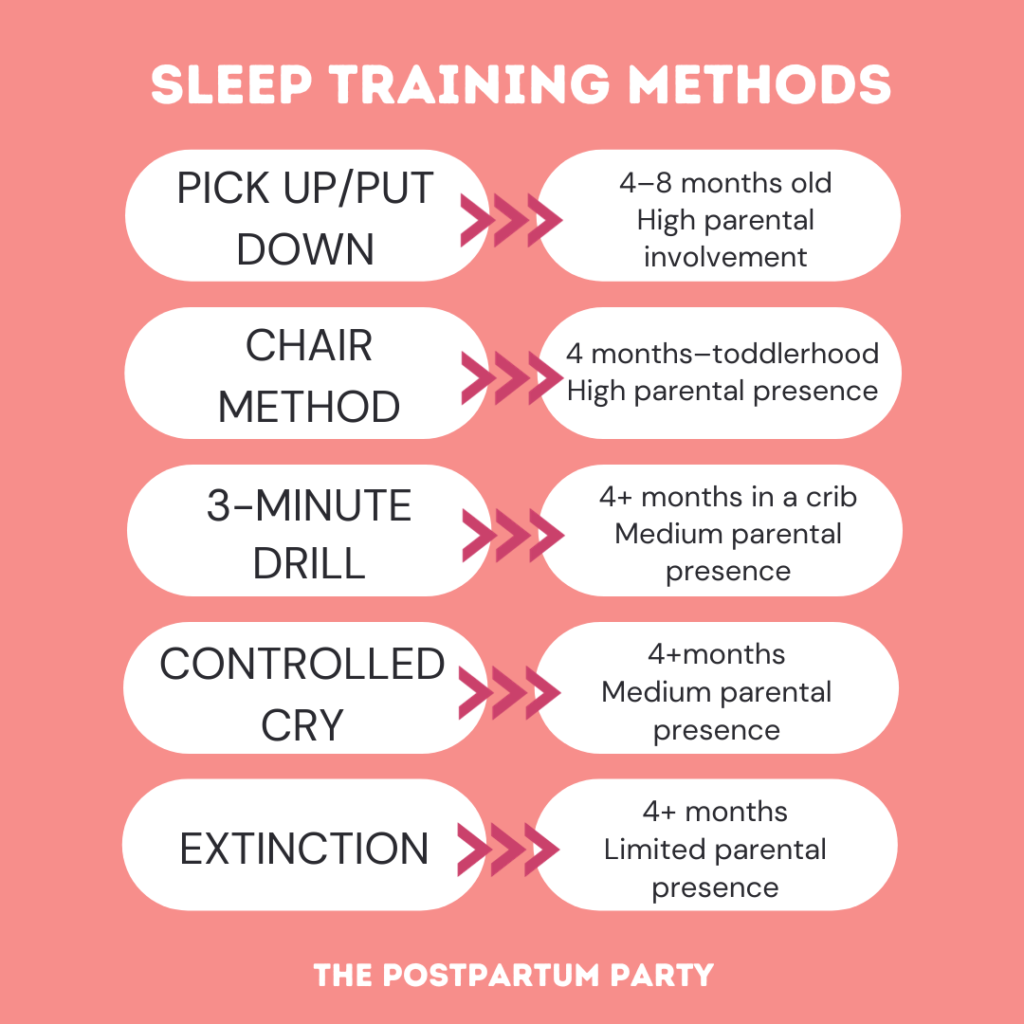
Sleep Training Methods
There are 5 main sleep training methods. Here’s an overview of each one.
The Shush-Pat Method
The Shush-Pat method is a sleep-shaping method you can use for babies 0–3 months to help them fall asleep in their crib or bassinet.
It involves setting your baby down in their bassinet or crib, rolling them to their side, and patting their back/bottom rhythmically to soothe them. Simultaneously, you make a “shh shh shh” sound.
Continue patting and shushing until your baby’s body relaxes and their breathing deepens. This can sometimes take up to 20 minutes.
Pick Up/Put Down
The Pick Up Put Down Method is one of the more gentle sleep training methods there is, because you are there to physically comfort your baby by picking her up through the process.
With Pick Up Put Down, once your baby starts crying, you pick her up and comfort her until she calms down or her cry lessens.
Once she’s calmed down a little—but not asleep—you put her back in her crib or bassinet.
The Chair Method
The Chair Method is good for babies 4 months and up and involves sitting in a chair next to your baby’s crib as they fall asleep.
You gradually move your chair (and your presence) out of the room over the course of several days.
Ferber/Controlled Cry
Ferber or Controlled Cry works well for ages 4 months through 2.5 in a crib.
To do Controlled Crying/Ferber, choose an interval time that you are comfortable with. Common interval options are 5 / 7 / 10 and 5 / 10 / 15.
You’ll check on your baby based on your intervals.
Cry It Out / Extinction
The Cry It Out Method involves putting baby to bed and leaving the room until the morning.
Remember that sleep training is not a one-size-fits-all approach.
When to start sleep training is really when is right for your family.
It’s never too early to start establishing sustainable sleep habits and it’s never too late to teach your little one to sleep well.
Ready to say goodbye to sleepless nights?
We have a sleep solution for all ages. From newborn–preschoolers, we believe the whole family thrives when everyone is well-rested.
Select your child’s age to get started:
- 25 Magical Disney Pregnancy Announcements - April 24, 2024
- Printable Pregnancy Announcement Scavenger Hunt For Husband - April 24, 2024
- 35 Adorable Ways to Announce your Pregnancy to Your Family - April 24, 2024
